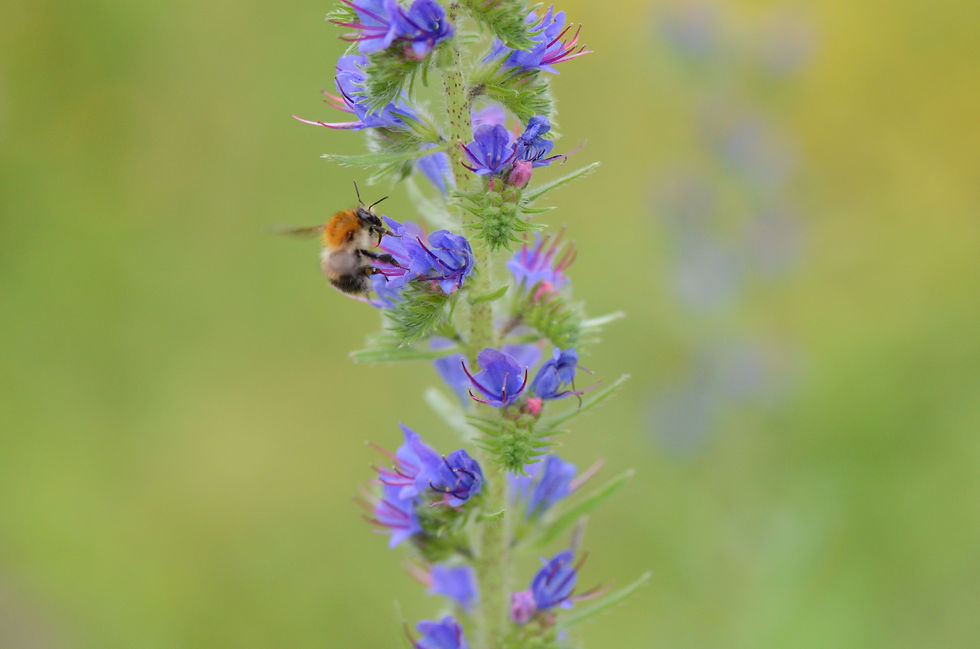The Art of Xeriscaping: Water-wise Landscaping
- Jordi Vives

- Mar 20
- 1 min read
Xeriscaping is a landscaping philosophy that emphasizes water conservation while creating a beautiful and functional outdoor space. This approach is particularly beneficial in arid and semi-arid regions where water is scarce. Below are key principles and benefits of xeriscaping.
Principles of Xeriscaping
Planning and Design: Create a landscape design that considers the local climate, soil conditions, and the specific needs of plants.
Soil Improvement: Enhance the soil with organic matter to improve its water retention capabilities.
Appropriate Plant Selection: Choose native and drought-resistant plants that require less water and are well-adapted to the local environment.

Efficient Irrigation: Implement efficient watering techniques, such as drip irrigation or soaker hoses, to minimize water waste.
Mulching: Use mulch to reduce evaporation, suppress weeds, and maintain soil temperature.
Maintenance: Regularly maintain the landscape to ensure plants thrive and water use remains efficient.
Benefits of Xeriscaping
Water Conservation: Significantly reduces water usage, making it an eco-friendly choice.
Reduced Maintenance: Drought-resistant plants often require less care, saving time and effort.
Cost Savings: Lower water bills and reduced maintenance costs contribute to long-term savings.
Enhanced Aesthetics: Xeriscaping can create visually appealing landscapes that reflect the beauty of natural ecosystems.
Wildlife Habitat: Native plants can attract local wildlife, promoting biodiversity in the area.
By adopting xeriscaping principles, homeowners and landscapers can create sustainable and beautiful landscapes that thrive in harmony with the environment. This approach not only conserves water but also enhances the overall quality of life in drought-prone areas.





Comments